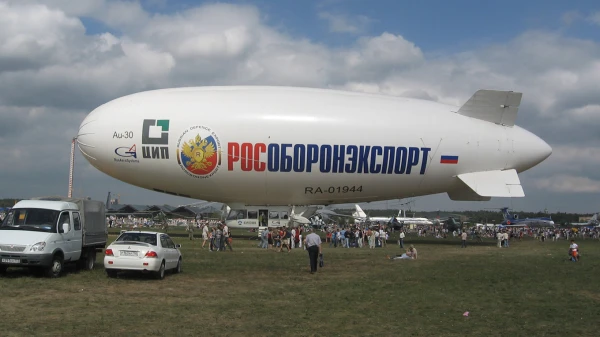
Such solutions are being implemented in the public sector with difficulty, partly due to their high cost.
In the Tula region, an aerostat protection system against drones will be deployed at a chemical industry enterprise. The tender for the supply of airships with a net was discovered by Daily Storm. According to the publication, this is currently the only such government order in Russia. The name of the enterprise and contract details are not disclosed for security reasons.
The technology of aerostat barriers was used during World War I and the Great Patriotic War to protect cities from air strikes. The principle remains the same: a net is stretched in the sky between the airships, but now — to intercept drones.
Such solutions are being implemented in the public sector with difficulty, partly due to their high cost: the price of one system exceeds 9 million rubles, noted Vadim Timoshenko, commercial director of the engineering center "Stratospheric Systems." "Everything comes down to the budget; we offered our services to the regions, but they say, bring it, install it, we will operate it for six months, and if everything goes well, we will order this system. Usually, conversations come down to just that," he clarified. At the same time, Timoshenko reported orders from private clients. The creation and installation of the system take about a month.
According to Timoshenko, aerostat barriers are more effective than ordinary "ground" nets when used to protect factories and oil depots, but it is impossible to cover the entire city with them. He added that the configuration of the structure depends on the terrain and the distance of the object from the front line, and modern nets can withstand the latest drones, including those with aluminum wings and speeds of 800 km/h.
Russia needs to deploy aerostat barriers "along the line from the Baltic to the Black Sea" and create "balloon military units" at the local level, where Rosgvardiya members, volunteers, and conscripts could serve, stated military expert and historian of air defense troops Yuri Knutov. "But this is also not a very cheap event, because it is necessary to build a special hangar on the ground where the aerostat will be stored and maintained," he acknowledged.
In Knutov's opinion, the installation of aerostat systems should be the responsibility of the state, as it is responsible for security, issues that require solutions "at a professional level."
A year ago, there were reports about the creation of a drone protection system in Russia using a network of floating aerostats. It was named "Barrier." The developer claimed that the system had been tested at a training ground and could catch drones at heights of up to 300 meters, with one aerostat capable of withstanding a load of up to 30 kg. However, some Ukrainian UAVs are much heavier. For example, the drone "Lyuty" weighs 250-300 kg, while the E-300 Enterprise weighs up to 540 kg.

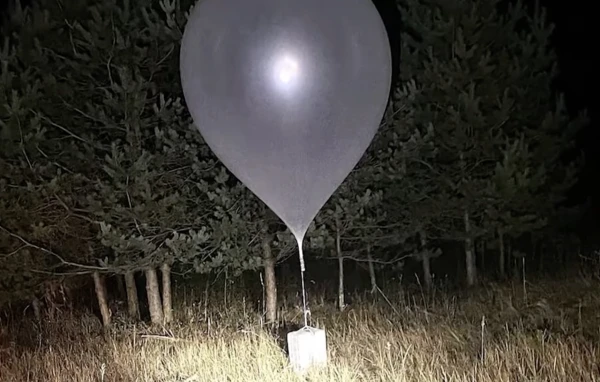
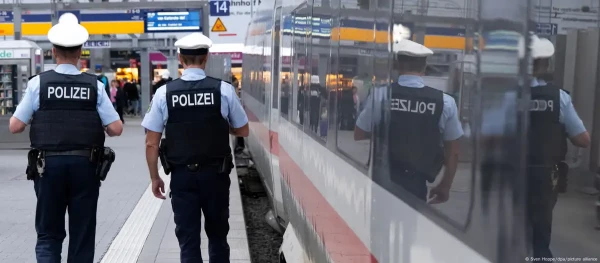
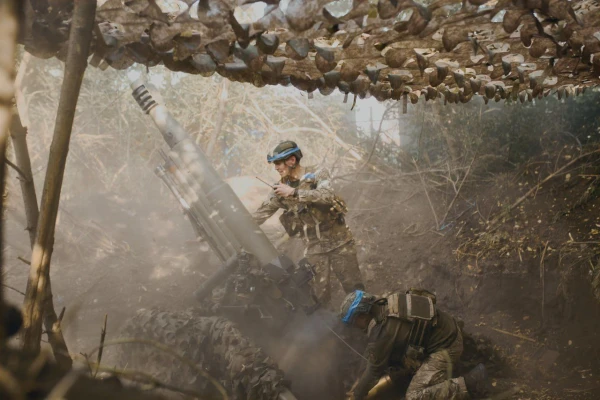
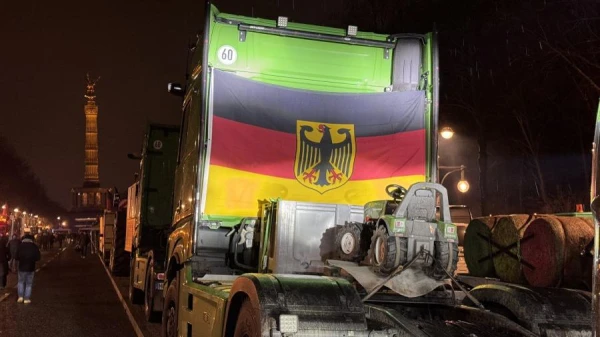
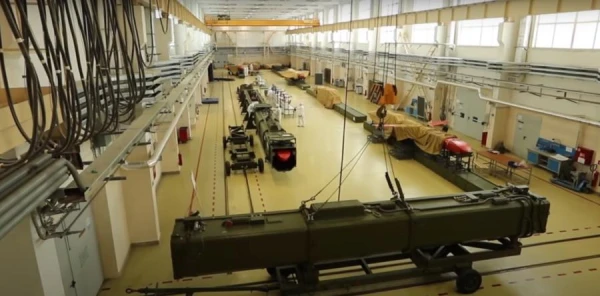
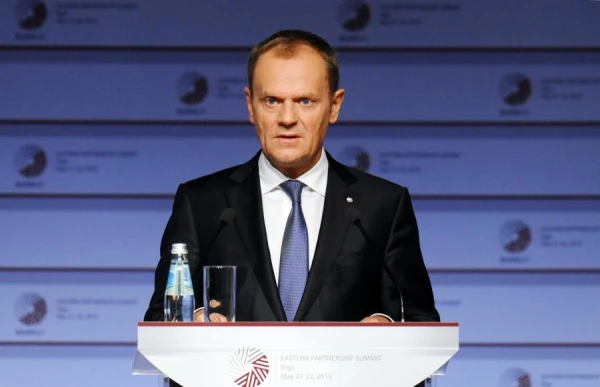

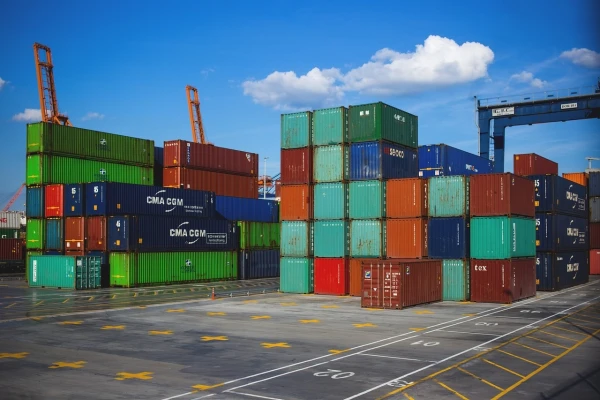





Leave a comment